Data covering the final quarter of 2020 shows the UK fell short of its overall collection target by 37,601 tonnes, with producer compliance schemes having collected 459,737 tonnes of ‘household’ WEEE.
This gave an overall rate of 92% of the target for the year, and just 29.5% of all EEE placed on the market.
The data suggests that the collection of just three categories of household WEEE, Large Household Appliances, Medical Devices, and Photovoltaic Panels, exceeded their individual targets.
The figures show the total volume of household WEEE collected by producer compliance schemes in 2020 fell by nearly 37,000 tonnes from 2019, from 496,514 tonnes.
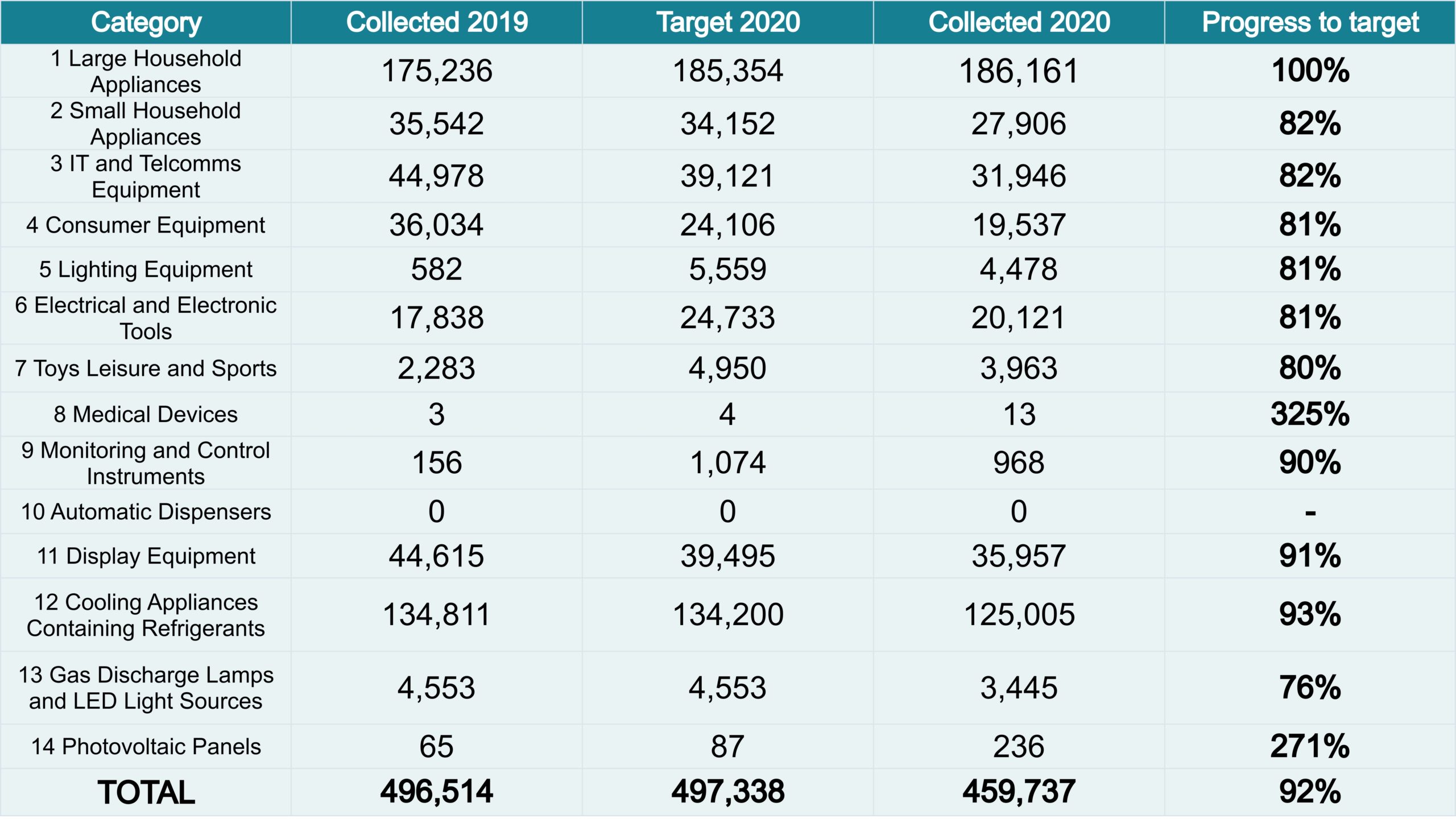
Compliance fee
The missing of the targets is no surprise. Covid-19 is believed to have had a major impact.
Failure to meet targets means that some producer compliance schemes will be required to pay into a ‘compliance fee’ fund to fulfil their recycling obligations for the year. Defra confirmed last June that any 2020 compliance fee methodology would take the impact of the coronavirus pandemic into account (see letsrecycle.com story).
The publication of the data comes around a month after the announcement that the Joint Trade Association (JTA) would operate the WEEE compliance fee for the third year running (see letsrecycle.com story).
Pandemic
That the targets were missed was not unexpected in an exceptional year. The various national lockdowns are said to have had a huge impact on the collection of WEEE across the country.

Louise Grantham, chief executive of compliance scheme REPIC, told letsrecycle.com: “As expected, the Covid-19 pandemic has impacted on both the purchasing of new appliances and the recycling of WEEE throughout 2020.
“Total household EEE placed on the market has risen by 10% in 2020 when compared to 2019, with the tonnage in all but two categories increasing. This is likely to be reflective of the increase in home working in 2020, and householders generally spending more time at home. Non-household EEE placed on the market, however, fell by 12%.
“Overall, the tonnage of household WEEE collected in 2020 was 9% lower than in 2019, with collections falling in all categories except large household appliances. The proportion of end-of-life large household appliances collected via retail takeback has increased, with 50% of all large household appliances now collected via this route. A similar trend is observable for cooling appliances.”
Q4
Turning to the data for the fourth quarter of 2020 in particular, Mrs Grantham said: “Unsurprisingly, WEEE collections did not recover sufficiently to address the impact the national lockdown had on WEEE collections in Quarter 2, when many collection points were closed.
“After recovering in Quarter 3, collections for most categories were again lower in Quarter 4, a period that saw further lockdowns.
“It is difficult to draw many conclusions from the 2020 data, with the current lockdown continuing to affect collection levels, particularly across the local authority network.”
EEE
The Environment Agency also published data showing the volume of EEE placed on the market by members of producer compliance schemes. A total of 1,557,255 tonnes of household EEE was placed on the market, up from 1,418,847 tonnes in 2019 and the highest recorded figure since the Agency’s data began.
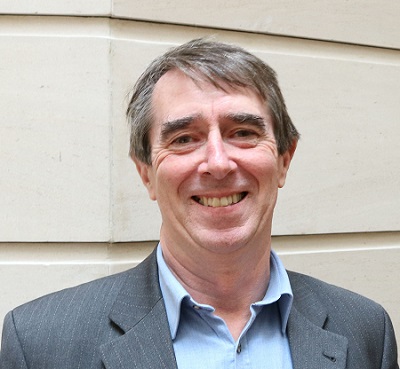
It means there was a collection rate of 29.5% in 2020, down from 35% in 2019 and lower even than in 2008.
Phil Conran is chair of the AATF Forum, an informal body that represents the interests of the UK WEEE treatment sector. He is also director of waste legislation consultancy 360 Environmental Ltd.
Mr Conran told letsrecycle.com: “2020 saw a 10% jump in EEE placed on the market and whilst recognising the likely difficulties that will persist with HWRC collection volumes for some of this year, we believe there are significant amounts of WEEE that householders have been holding onto until HWRCs are fully open.
“We therefore expect a surge in volumes later in the year and believe it is right to maintain the pressure on collections.”
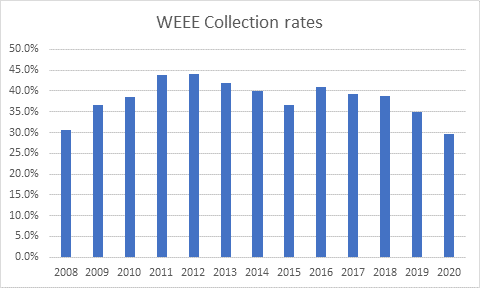
Compliance fee
A lack of surprise at the missed targets was echoed across the industry.

Nigel Harvey is the CEO of lighting industry compliance scheme Recolight and chair of the WEEE Scheme Forum trade association. He told letsrecycle.com: “As expected, collections in 2020 were very significantly impacted by the pandemic, with targets missed for virtually all categories.
“The biggest impact was felt during the first national lockdown in Q2, but collections then failed to make up lost ground.
“The data confirms that Defra’s 2020 compliance fee decision was right. If they had not chosen the JTA proposal, missed targets would have resulted in producers paying millions in compliance fees. Given that many companies have been badly hit by the pandemic, that additional financial burden could have been very damaging.”
[NOTE: this article was updated at 16:29 on 3.3.21. An earlier version of this article used draft targets for 2020 rather than the actual targets.]





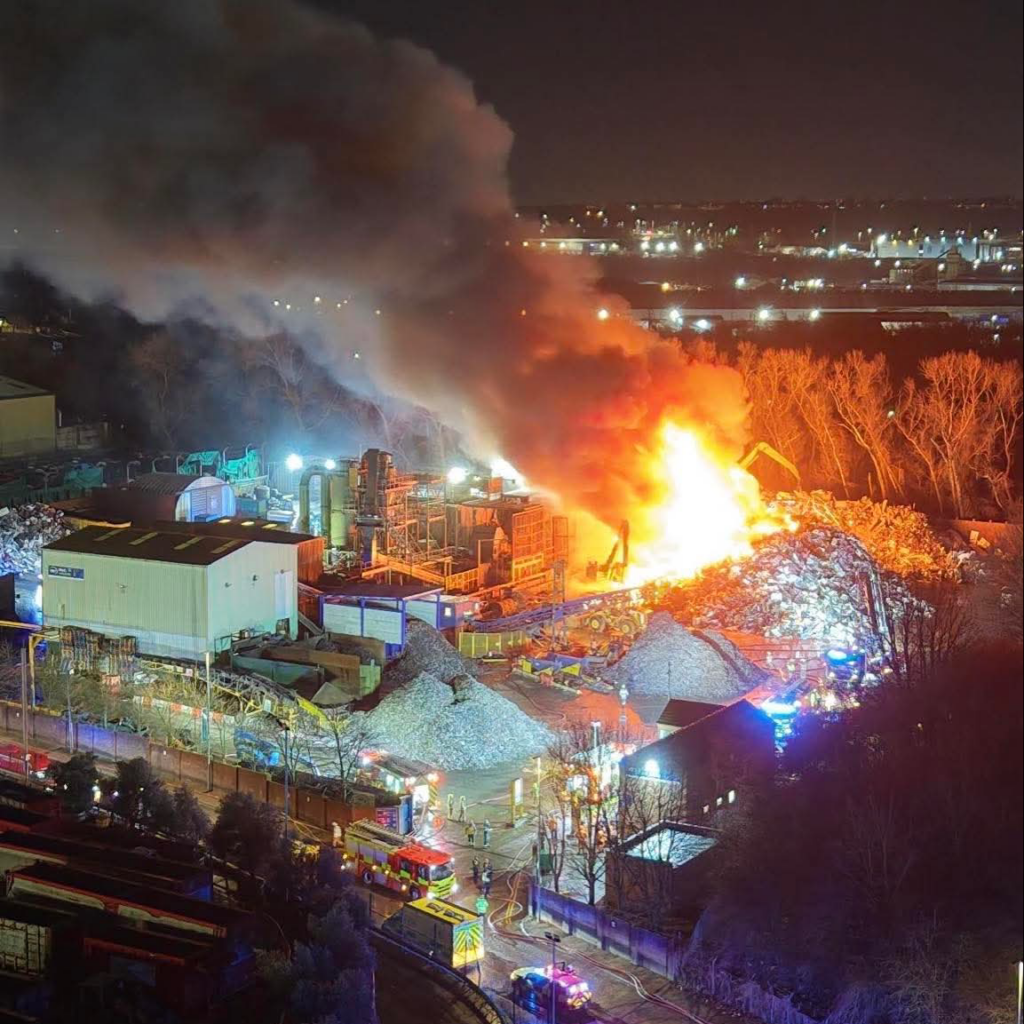

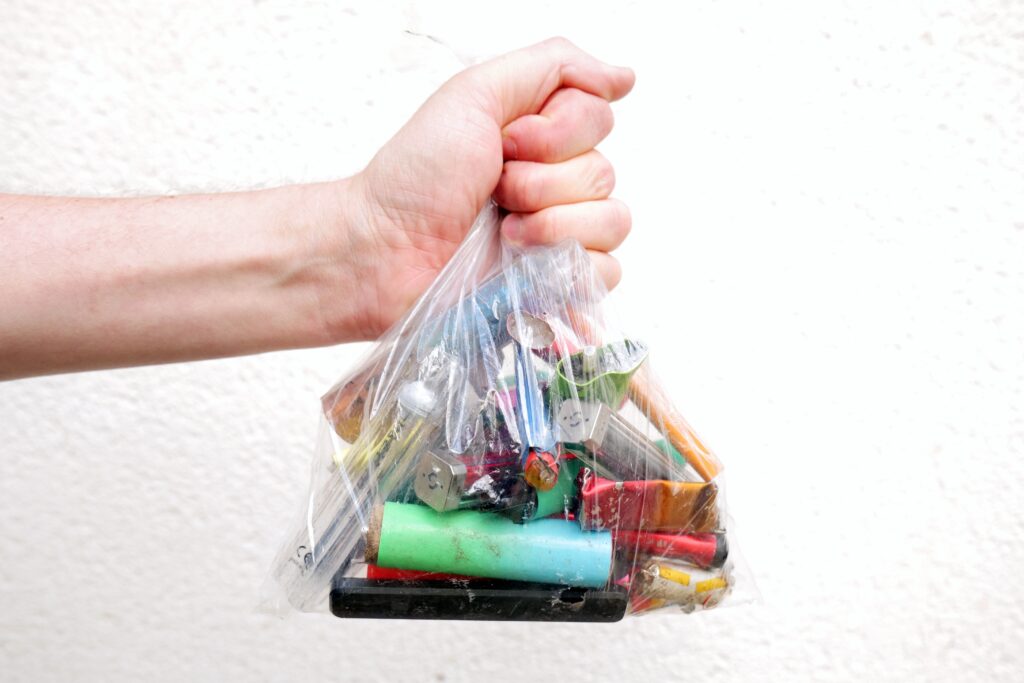
Subscribe for free